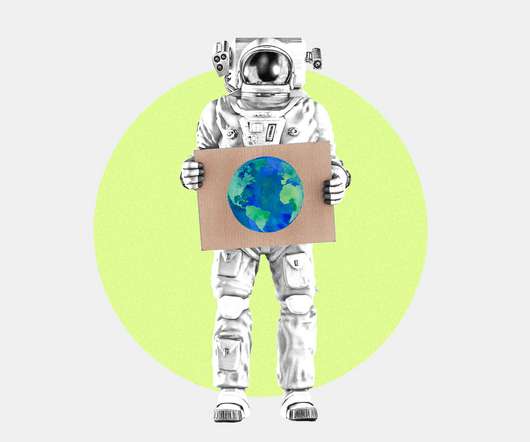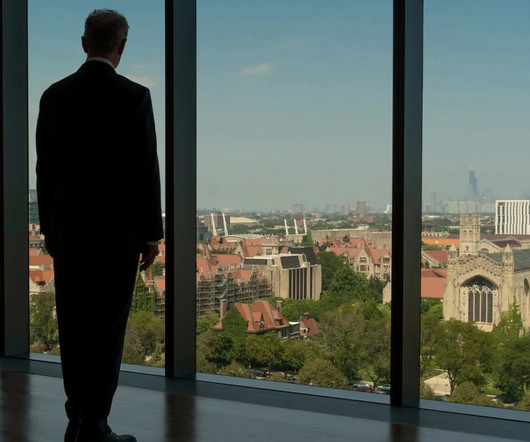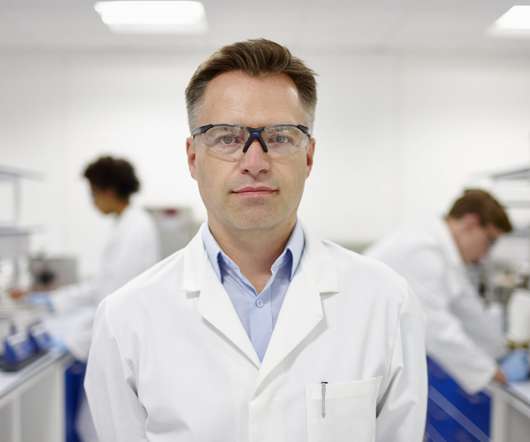Sponsored content: Green chiller is cool choice
Envirotec Magazine
NOVEMBER 12, 2020
Mackie’s green initiative involves replacing the gases used in its refrigeration plants from HCFC – which have a very high global warming potential – to ammonia, an environmentally-friendly refrigerant that has no impact on global warming or ozone depletion. www.gea.com.
















Let's personalize your content